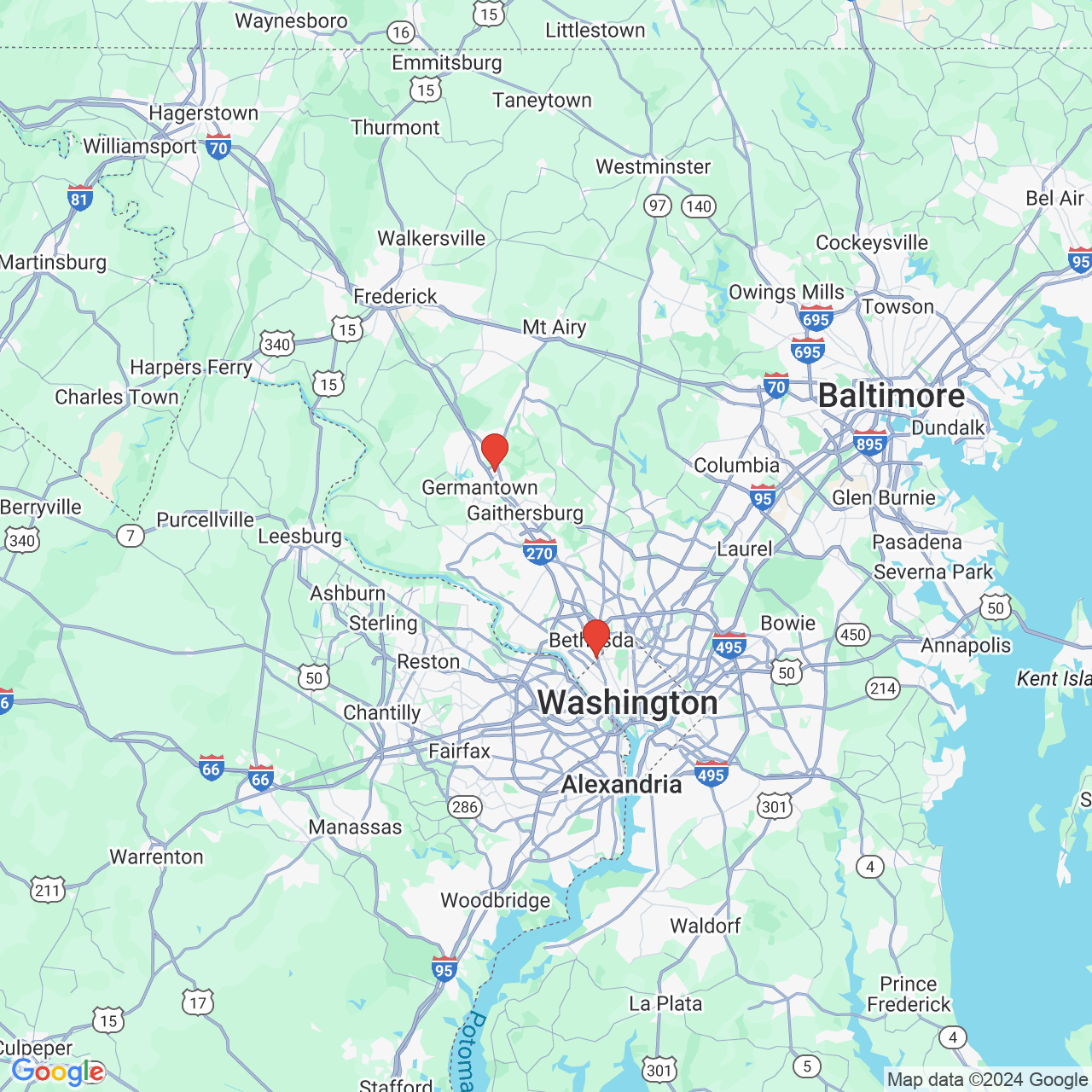Breast Reduction
Most women desire shapely breast. While full size breasts are desirable, excessively large breast causes physical complaints such as neck, shoulder and back pain, as well as excessively drooping breast (ptosis). Breast reduction, as the name implies, is designed to reduce the size of a breasts while at the same time improve the overall appearance or shape of the breast. In majority of cases a breast reduction is accompanied with a breast lift. Breast reduction is also used to correct asymmetry in breasts. To achieve smaller, shapelier breasts, skin, along with breast tissue and fat are removed. In a few cases liposuction may also be performed.
Who is a Candidate?
Women who are interested in breast reduction must have realistic expectations and be able tolerate the scar associated with the reduction. It is common that women who are candidates for this procedure have chronic neck, shoulder and back pain as well as chronic skin irritation along their bra straps and under the breast folds. Patients with extensive breast asymmetry are also candidates for this procedure. A full medical workup, especially for breast cancer is imperative. A pre operative mammogram is helpful.
Procedure Description
Breast reduction is generally performed in an accredited surgical facility or in the hospital under general anesthesia. The surgical incision and scar is similar to a more extensive breast lift. Various techniques are available which will determine the placement and size of your postoperative scars. Breast reductions are performed using surgical techniques that preserve some of the breast tissue and maintain a healthy blood supply to the breasts and the nipple areolar complex. The tissue removed is generally sent to pathology to rule out any underlying disease process. In some cases the procedure is accompanied with liposuction. Generally absorbable sutures are used for the closure of the skin. In most cases and depending on the amount of tissue removed, a drain is placed. The patient is placed in a soft compression braw.
Recovery-Recuperation and Healing
Postoperative discomfort is controlled with oral medications. The patient is seen 1-2 days after surgery. Sutures will remain in place and are removed at an appropriate time depending on the extent of the surgery. Surgical drains may be removed in 7-10 days after surgery. The soft compression braw is worn for a period 2-4 week. It is possible to start light activity in 1 week, however full activity requires 4-6 weeks of recovery. Although minor complications can occur post operatively, major complications are rare.

